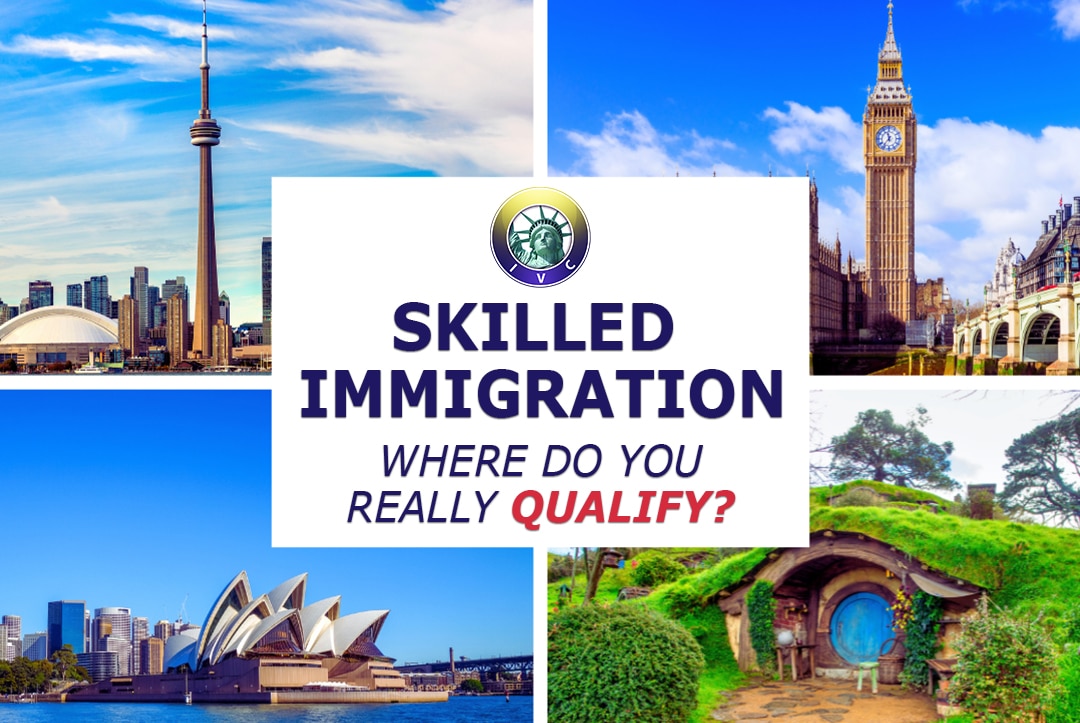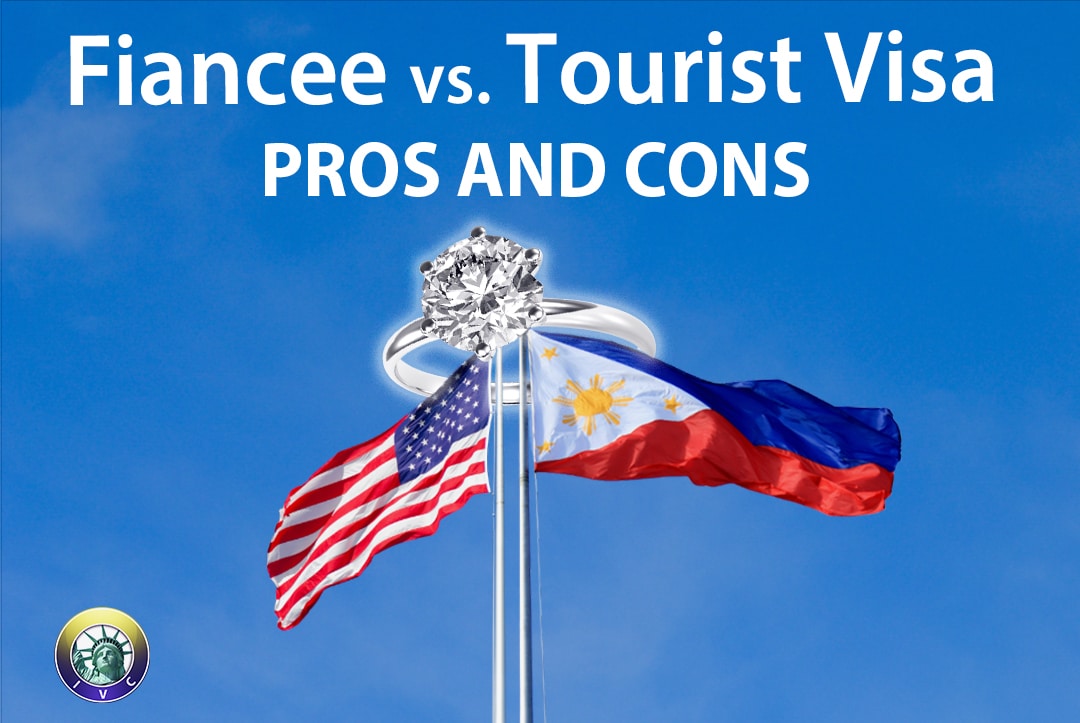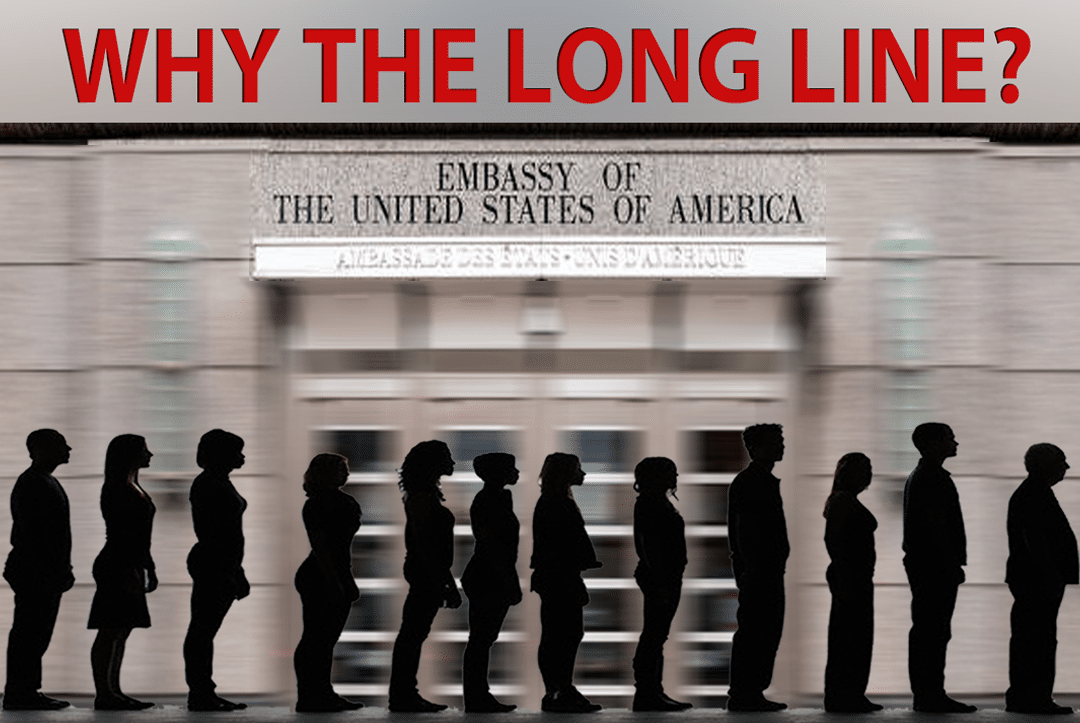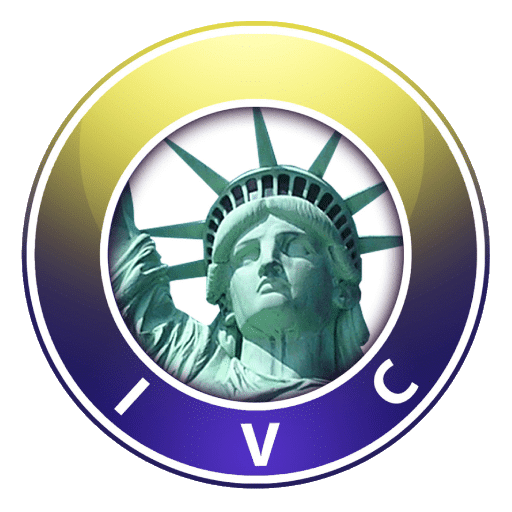US immigration law allows people to live permanently in the USA under several categories of US immigrant visa petitions. US citizens, Lawful Permanent Residents, may file family-based petitions for foreign-citizen relatives. Employment-based immigrant visa petitions are those filed by employers.
The first stage is to file a petition with the US Citizenship and Immigration Services, or USCIS. Once the USCIS approves your petition, the USCIS forwards the National Visa Center then on to a consular post where you will be interviewed.
Learn how to sponsor a family member to live in the USA
Visa availability worldwide.
The US government sets an annual, family-sponsored preference limit of 226,000. Each country has an allocation of 25,620 visas per year for the family-preference categories described below.
For employment-preference immigrants, the limit set by the Visa Office of the US State Department is 140,000 world-wide.
Categories of Family-Based Immigrant Visa Petitions.
The two main categories of family-based petitions are:
- Immediate relatives of US citizens.
- Family Preference categories.
In US immigration, a child is an individual who is less than 21 and unmarried. Once the person reaches 21, he or she is a son or daughter. The distinction is important as the USCIS uses age when classifying family-based petitions.
If your petitioner has passed away, don’t lose hope. You may qualify to have your petition reinstated by the USCIS.
Immediate Relative Categories.
Immediate relatives of US citizens. Check the table below for your petition category.
| Relationship to US Citizen Petitioner | Category |
|---|---|
| Spouse | CR1 / IR1 |
| Minor Child | CR2 / IR2 |
| Foreign-born Parent | IR5 |
If the USCIS classified your petition as the Immediate Relative of a US citizen, your petition is exempt from the annual quota. Hence, you are eligible to have your immigrant visa issued once:
- The USCIS approves your petition, and;
- The National Visa Center is finished processing your application and;
- You pass the health and character checks.
Are you the foreign-citizen fiancé(e) of a US citizen? When a K-1 visa holder marries his US citizen petitioner, he adjusts status under the CR1 category.
FAMILY-SPONSORED PREFERENCES
Petitions in the family-sponsored preference classes are subject to the annual, per country limits. So, you will have to wait for the available visas within the year.
The US Embassy, or a consular post, issues visas to family members based on the date the USCIS received a complete petition. This date is your priority date.
The Family-sponsored preference categories are outlined below.
| Relationship to Petitioner | Category | Annual Quota |
|---|---|---|
| Unmarried son or daughter of a US citizen | F1 (First) | 23,400 + unused numbers from F4 petitions |
| Spouse or child of an LPR | F2A (Second) | 114,000 Total for F2A and F2B. F2A approximately 77% of the total allocation |
| Unmarried son or daughter of an LPR | F2B (Second) | Approximately 23% of the total number |
| Married son or daughter of a US citizen | F3 (Third) | 23,400 + unused numbers from F1 and F2 |
| Sibling of a US citizen | F4 (Fourth) | 65,000 + unused numbers from F1, F2, and F3 |
Categories of Employment-Based Immigrant Visa Petitions.
The employment-based immigration categories are open to:
- Specific, foreign-born professionals
- Some types of skilled workers,
- Business people, entrepreneurs, and investors.
Immigrating to the US under one of the employment-based categories may be an option for you if:
- You don’t have a qualified family member to sponsor you or;
- The processing time of petitions is too long, and you do not want to wait for more than ten years for your interview at the consular post.
The employment-based categories listed below. In the context of US immigration, you are a “professional” if your job requires at least a US bachelor’s degree or its foreign equivalent. You must also be a member of the profession. Unlike the H1-B visa petition, you cannot use work experience to cover the lack of education.
First or EB1: Priority Workers
The Visa Office allocates 40,000 or 28.6% of the worldwide total of 140,000 visas to the EB1 category. You may qualify for the EB1 category if you fall under any of the following three groups.
- You have proven extraordinary ability in the sciences, arts, education, business, or athletics. This means that your work garnered national or international acclaim. You do not have to be sponsored by an employer to qualify in this sub-category.
- You are an outstanding professor and researcher, with at least three years of experience, and your work is recognized internationally.
- Multinational manager or executive who was employed for at least one of the three preceding years by a US employer or its:
- Overseas affiliate
- Subsidiary
- Branch of the US employer.
Second or EB2: Professionals Holding Advanced Degrees or Persons of Exceptional Ability
There are 40,000 or 28.6% visas available from the worldwide total for applicants in this category. The Visa Office of the US Department of State reallocates any unused visas from the EB1 class to the EB2 type.
You need a job offer from a US-based employer if you are applying for immigration as an EB2 professional. If you can prove that being a lawful permanent resident is in the national interest of the US, then you won’t need an employer.
Third or EB3: Skilled Workers, Professionals, and Other Workers
The EB3 or third employment-based category also has a visa allocation of 40,000 or 28.6% of the worldwide level. the Visa Office reassigns any unused visa numbers from the EB1 and EB2 categories to the EB3 class.
The Visa Office allocates 10,000 of the EB3 allocation to a subgroup of the EB3, called Other Workers. Other workers perform unskilled labor. Other workers also need less than two years’ of training, education, or experience in a job that is not temporary or seasonal.
Fourth or EB4: Certain Special Immigrants and Certain Religious Workers.
In general, you will need an employer to petition you under the EB4 category. There are certain situations, though, where you may file a self-petition. Book a migration briefing with IVC to check if you are eligible to self-petition.
The Visa Office allocates 10,000 or 7.1% of the worldwide level. You may be eligible to apply as an EB4 special immigrant if you are one of the following:
- Broadcaster.
- Armed Forces Member.
- G-4 International Organization or NATO-6 Employee and Your Family Members.
- International Employee of the US Government Abroad.
- Afghan and Iraqi Translator.
- Afghan and Iraqi National Who Have Provided Faith Service in Support of U.S. Operations.
- Panama Canal Zone Employee.
- Religious Worker.
- Special Immigrant Juvenile.
- Certain Physician.
Fifth or EB5: Employment Creation
The Visa Office allocates 10,000 or 7.1% of the worldwide total. Three thousand visas are reserved for investors in a targeted rural or high-unemployment area. Three thousand are set aside for investors in regional centers.
You may set up commercial enterprises anywhere in the US if you are going to invest at least one million dollars. If you are investing at least $500,000, you will have to establish a business in designated areas.







